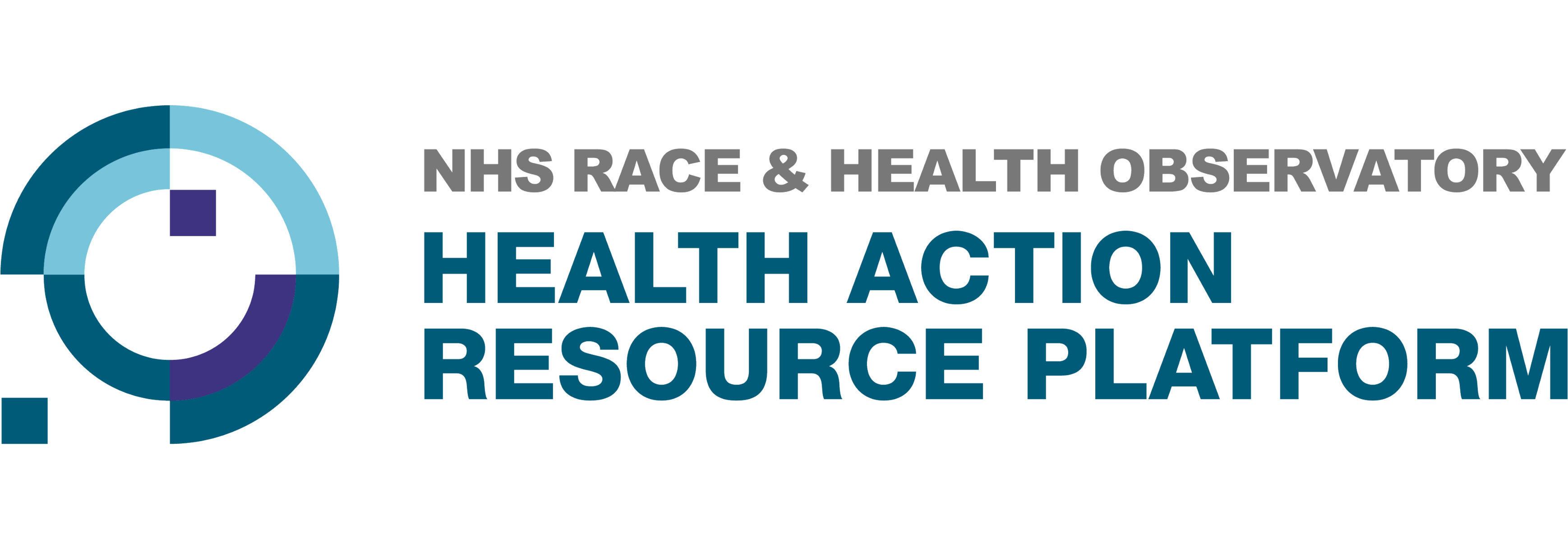Introduction
Maternal and neonatal health disparities are among the most glaring examples of racial health inequalities in the UK. Despite a general decline in maternal mortality rates over the past decade, the gap between different ethnic groups has widened. Black British mothers face a mortality rate up to three times higher than White mothers during pregnancy or within six weeks postpartum [1]. Mothers of mixed ethnicity have a threefold higher risk of dying from pregnancy-related causes compared to White mothers, while Asian mothers face twice the risk [1].
Women from Black and minority ethnic groups are also at greater risk of adverse pregnancy outcomes, including pre-term birth, stillbirth, neonatal death, and low birth weight. Data consistently show higher rates of maternal and infant mortality among Black, Asian, and minority ethnic women compared to their White counterparts [2].
The NHS Race and Health Observatory has prioritised addressing these maternal and neonatal ethnic health inequalities since its establishment in 2021. These disparities were highlighted in the Ethnic Inequalities in Healthcare rapid evidence review published in 2022[3], and subsequent reports such as “Mapping existing policy interventions to tackle ethnic health inequalities in maternity and neonatal health in England” (2022) [4] and “Review of neonatal assessment and practice in Black, Asian and minority ethnic newborns” (2023) [5].
Efforts to reduce these inequalities are crucial for ensuring equitable health outcomes for all mothers and their babies, regardless of ethnic background.
9.2 per 1,000Stillbirth Rates:
Babies from Black ethnic groups had the highest stillbirth rates, with a peak of 9.2 stillbirths per 1,000 total births in 2007, decreasing to 7.1 per 1,000 in 2019
Source: NCMD, Child death review data release 2024
x3Maternal Mortality:
Black women in the UK are nearly three times more likely to die during pregnancy than White women. Asian women face a 1.6 times higher risk, while women of mixed ethnicity are 1.3 times more likely to experience pregnancy-related mortality compared to their White counterparts.
8.7%Pre-term birth:
Babies from the Black ethnic group have the highest proportion of pre-term births, with 8.7% of live births in 2021 being pre-term. Similarly, babies from the Asian ethnic group also have higher pre-term birth rates, with 7.5% of live births in 2021 being pre-term.
References
- MBRRACE-UK (2024). Saving Lives, Improving Mothers’ Care 2024 – Lessons learned to inform maternity care from the UK and Ireland Confidential Enquiries into Maternal Deaths and Morbidity 2020-22 | MBRRACE-UK | NPEU. [online] Ox.ac.uk. Available at: https://www.npeu.ox.ac.uk/mbrrace-uk/reports/maternal-reports/maternal-report-2020-2022.
- NCMD Programme (2024). Child death data release 2024 | National Child Mortality Database. [online] National Child Mortality Database. Available at: https://www.ncmd.info/publications/child-death-review-data-release-2024/.
- NHS (2022). NHS – Race and Health Observatory. [online] NHS – Race and Health Observatory. Available at: https://nhsrho.org/research/ethnic-inequalities-in-healthcare-a-rapid-evidence-review-3/.
- NHS – Race and Health Observatory. (2022). NHS – Race and Health Observatory. [online] Available at: https://nhsrho.org/research/mapping-of-existing-policy-interventions-to-tackle-ethnic-health-inequalities-in-maternity-and-neonatal-health-in-england-a-systematic-scoping-review-with-stakeholder-engagement/.
- NHS – Race and Health Observatory. (2023). NHS – Race and Health Observatory. [online] Available at: https://nhsrho.org/research/review-of-neonatal-assessment-and-practice-in-black-asian-and-minority-ethnic-newborns-exploring-the-apgar-score-the-detection-of-cyanosis-and-jaundice/.
